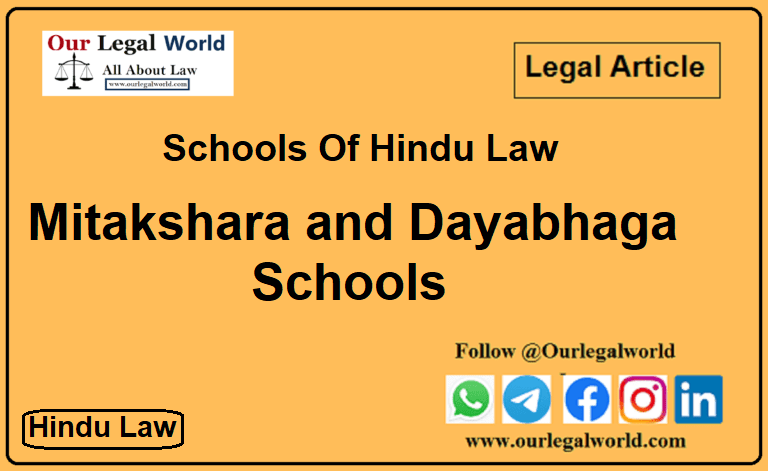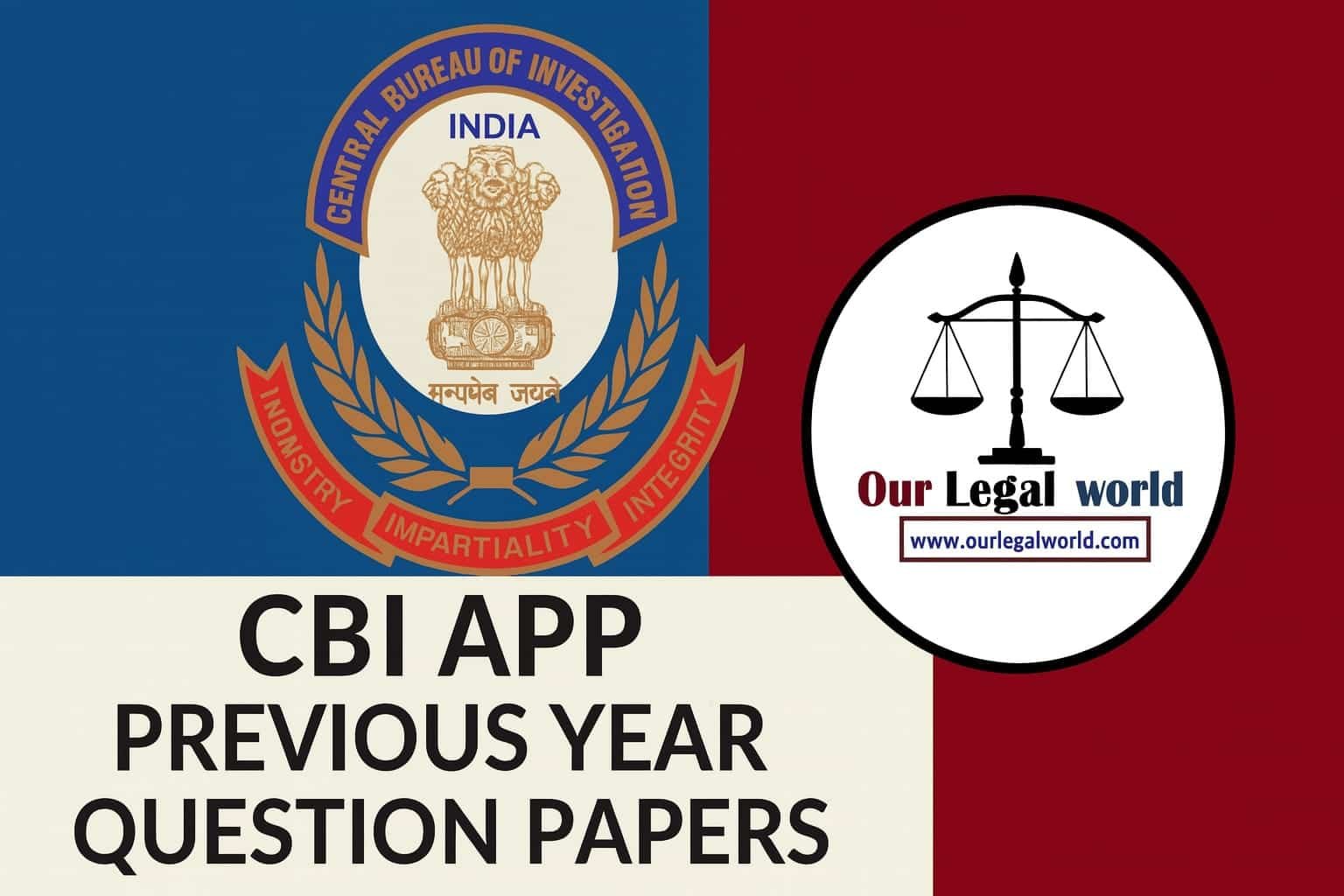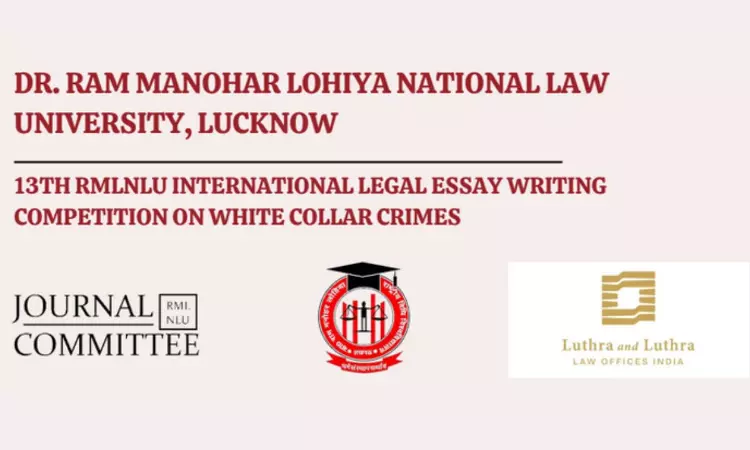Mitakshara and Dayabhaga are two prominent schools of Hindu law that have significant implications for property rights and inheritance in India. In this legal article, we will explore these two schools, their historical development, key differences, and their relevance in contemporary Indian law.
Introduction to Mitakshara and Dayabhaga Schools:
Hindu law, also known as Dharmashastra, has evolved over centuries and has been influenced by various texts, customs, and legal commentaries. Two major schools of thought within Hindu law are Mitakshara and Dayabhaga.
Mitakshara School:
The Mitakshara school is the dominant school of Hindu law in India. It is primarily associated with the concept of joint family and coparcenary property. The Mitakshara school is based on the commentary on the Yajnavalkya Smriti, written by Vijnaneshvara in the 11th century. The key features of the Mitakshara school include:
Also Read: THEORIES OF DIVORCE UNDER HINDU LAW
Coparcenary: Under Mitakshara law, ancestral property is held jointly by members of a Hindu Undivided Family (HUF). Each coparcener has a share in the property by birth, and the ownership can be traced back to the common ancestor.
Within the Mitakshara school, there are four ways property is inherited:
- by birth
- by adoption
- by Will and
- by Survival
Right to Demand Partition: A coparcener in a Mitakshara HUF has the legal right to demand partition of the joint family property. Upon partition, each coparcener receives a share in the property according to their entitlement.
Also Read: VOID AGREEMENT UNDER SECTION 24 to 30 OF INDIAN CONTRACT ACT, 1872
Male Dominance: Historically, the Mitakshara school favoured male descendants over females in matters of inheritance.
Mitakshara is further divided into five sub-schools namely as following:
- Benaras Hindu Law School: This law school comes under the authority of the Mitakshara Law School and covers Northern India including Orissa. Viramitrodaya, Nirnyasindhu, and Vivada are some of its major commentaries.
- Mithila Law School: This law school exercises its authority in the territorial parts of Tirhoot and north Bihar. The principles of this law school prevail in the north. The major commentaries of this school are Vivadaratnakar, Vivadachintamani, and Smritsara.
- Maharashtra law school.
- Punjab law school.
- Dravida or Madras law school.
Dayabhaga School:
The Dayabhaga school is another school of Hindu law, mainly followed in Bengal and Assam. It was formulated by Jimutavahana in the 13th century in his work, the Dayabhaga. Key features of the Dayabhaga school include:
- Absence of Coparcenary: Unlike the Mitakshara school, the Dayabhaga school does not recognize the concept of coparcenary. Instead, it treats the property as owned by an individual and not by the family as a whole.
- Inheritance Rules: In Dayabhaga law, inheritance is governed by the principle of propinquity, which means that the closest heirs inherit the property. This can include both males and females, and it is not limited to the male line of descendants.
- Female Property Rights: Dayabhaga law provides relatively better property rights to women compared to the Mitakshara school, as daughters have a share in ancestral property.
In Dayabhaga school, various other commentaries were followed such as:
- Dayatatya
- Dayakram-sangrah
- Virmitrodaya
- Dattaka Chandrika
Relevance in Contemporary Indian Law:
In contemporary India, the Mitakshara and Dayabhaga schools continue to influence property and inheritance laws, especially in matters of personal laws for Hindus. However, there have been significant legal reforms aimed at gender equality and the abolition of discriminatory practices.
- Hindu Succession Act, 1956: The Hindu Succession Act, 1956, has also made significant changes to the Dayabhaga School of Hindu Law. As per the amended Act, daughters have been given equal rights in matters of inheritance, including the right to succeed to the property of their parents, just like sons. This amendment has brought about a significant change in the principles of the Dayabhaga School and has promoted gender equality in Hindu Law.
- In 2005, the Hindu Succession (Amendment) Act was enacted to further promote gender equality, making daughters coparceners by birth in Mitakshara joint families.
- In states where Dayabhaga law is traditionally followed, it continues to apply, but reforms have been made to provide better rights to women.
Conclusion
In conclusion, Mitakshara and Dayabhaga are two distinct schools of Hindu law with different approaches to property rights and inheritance. While these schools have influenced Indian law for centuries, legislative reforms have sought to address gender inequalities and bring greater equity in property rights for all family members, regardless of gender or birth order. These reforms reflect the evolving nature of Indian society and its commitment to principles of equality and justice.
https://www.legalserviceindia.com/legal/article-5600-schools-of-hindu-law.html







![Call for Paper of RMLNLU Law Review [Volume XVI (2025-26)]](https://www.ourlegalworld.com/wp-content/uploads/2025/07/ORIGINAL-CFP.png)
